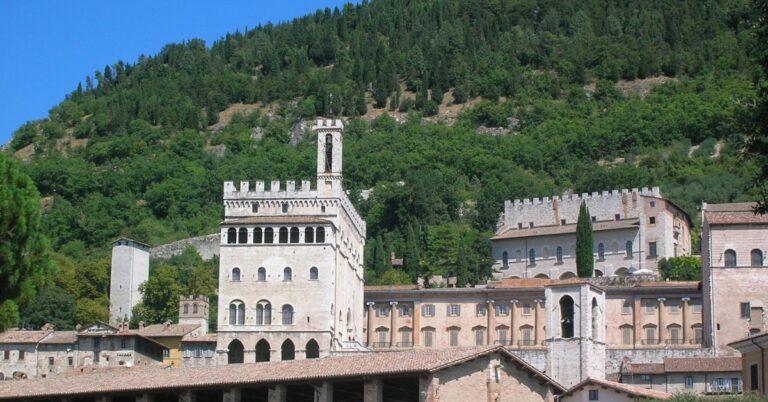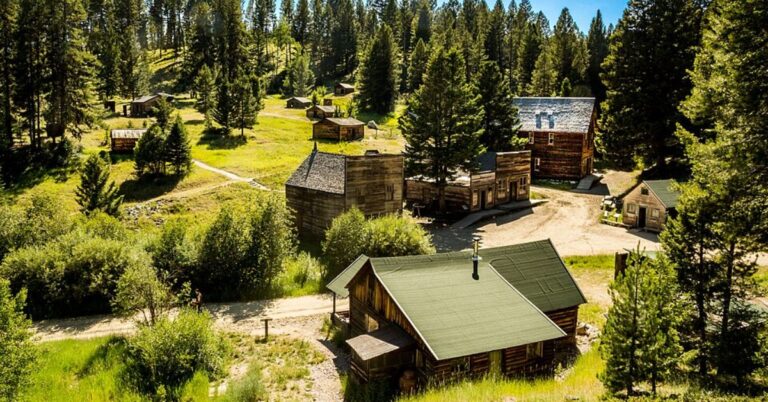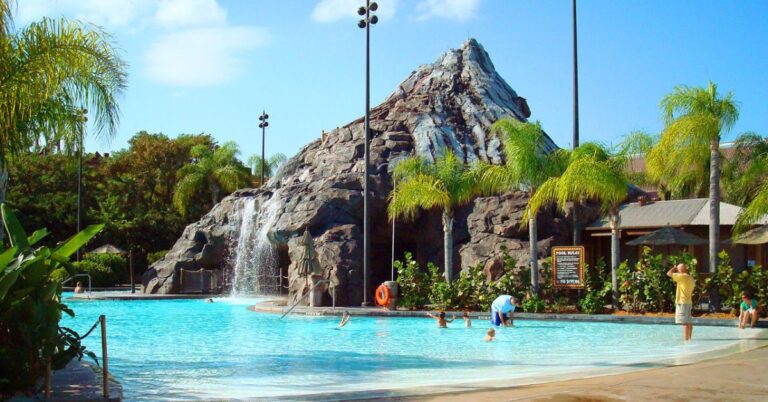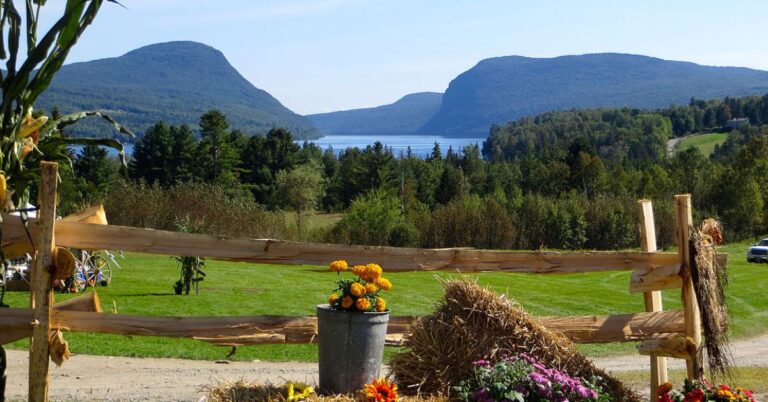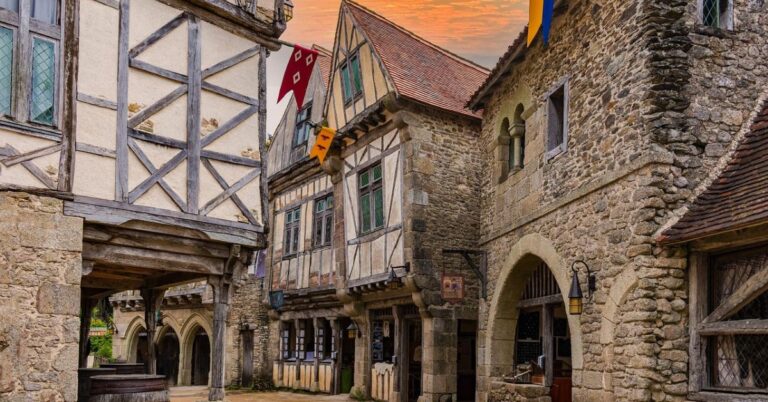Tuscany’s Ancient Towns That Swiped Left on Modern Life

If you need an authentic escape from this hyperconnected world, Tuscany hides a collection of medieval regions that offer the perfect digital detox. In these 15 ancient towns, you get a chance to experience history in peaceful ways while still enjoying enough comforts to make your stay enjoyable.
Pitigliano
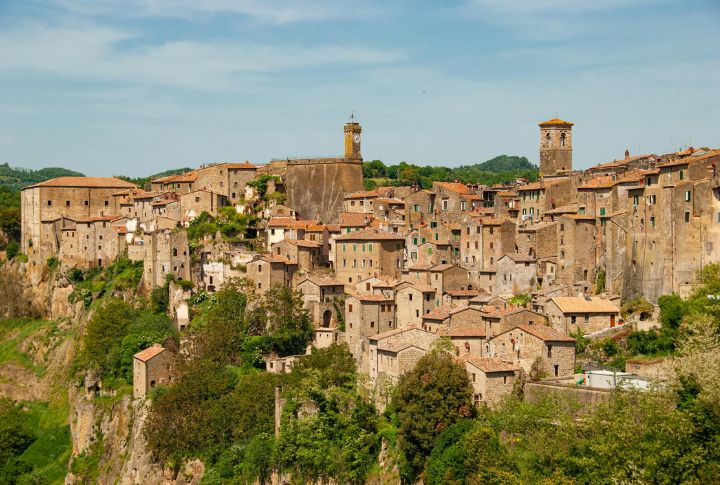
Built into volcanic tufa rock, Pitigliano is known as “Little Jerusalem” for its historic Jewish community. As you wander its medieval streets, you’ll discover artisanal shops and wine cellars carved directly into the rock. The town’s foundation is honeycombed with underground Etruscan passages, though keep in mind that access varies seasonally.
Montefioralle
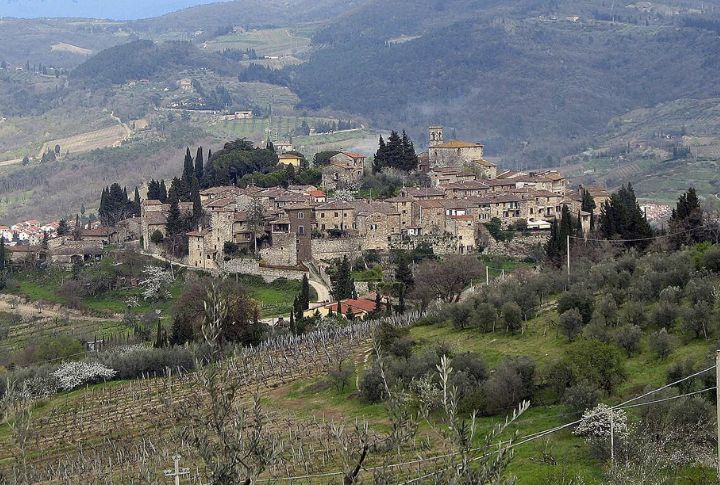
While most tourists head to neighboring Greve, tiny Montefioralle offers a more authentic experience. The village’s strategic position on the Chianti wine trail makes it ideal for sampling local vintages you likely won’t find exported to your home country. Look for a house marked with a bee—residents say it is Amerigo Vespucci’s birthplace.
Sorano
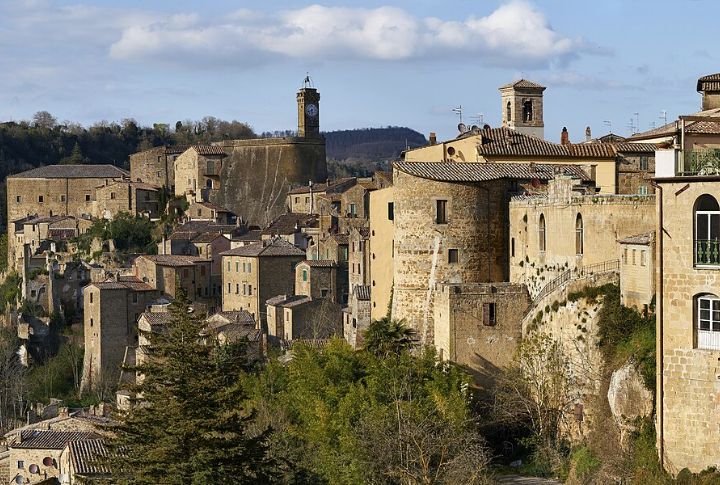
Sorano is just a short drive from Pitigliano, where you need much sturdier shoes. It clings dramatically to a steep ridge with stone staircases that will give your calves a good workout. Several old cave dwellings of this town have been turned into surprisingly comfortable boutique accommodations.
Monteriggioni
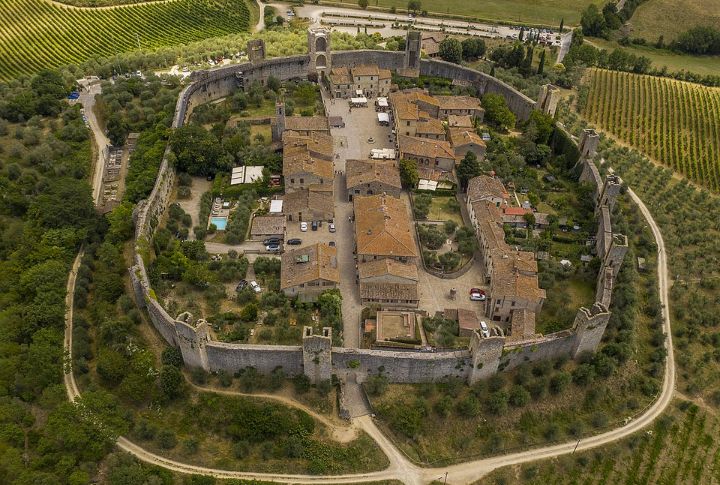
This perfectly circular-walled town looks remarkably like it did in the 1200s, with medieval fortifications so impressive they earned a mention in Dante’s Inferno (as the locals say). You can walk the entire wall circuit in about 20 minutes, enjoying countryside views that stretch for miles.
Castiglione d’Orcia
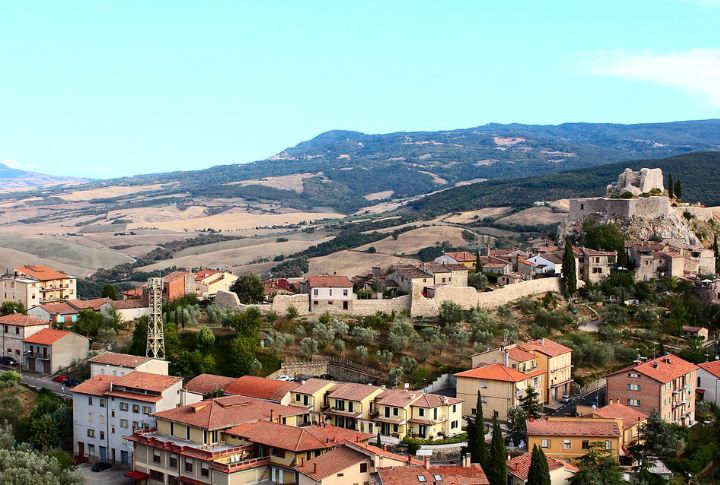
It’s a beautiful stone village topped by the romantic ruins of Rocca Aldobrandesca. Hiking enthusiasts appreciate the ancient paths connecting neighboring villages through gorgeous countryside and stunning valleys. October visitors get a bonus—they can see traditional olive harvesting methods and even purchase distinctive oils directly from the local producers who’ve made them for generations.
Roccalbegna
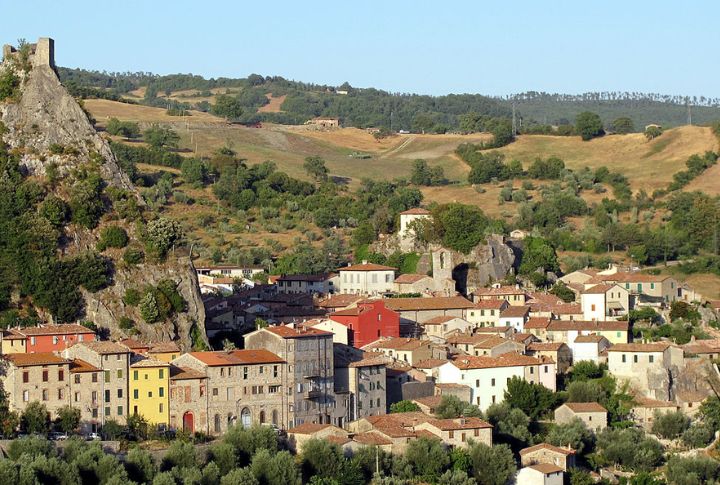
Set between huge rock outcroppings, Roccalbegna has houses that cascade down the mountainside beneath a fortress sitting on the highest point. The climb up is worth every step as the ruins reward you with spectacular views. After working up an appetite, hit the local trattoria for wild boar dishes featuring game from the surrounding forests.
Sovana

History buffs will be in heaven exploring Sovana’s impressive timeline. Etruscan tombs, a magnificent Romanesque cathedral, and medieval palaces all line a single atmospheric street. The town’s wine tradition runs deep, with cellars occupying underground chambers originally carved by ancient civilizations. Several historic buildings now offer rustic accommodations with basic modern comforts.
San Galgano

San Galgano is world-famous for its hauntingly beautiful roofless abbey with Gothic architecture. The nearby Montesiepi chapel has Italy’s own “sword in the stone”—a medieval blade mysteriously embedded in solid rock. After a day of exploration, nearby renovated farmhouses will give you peaceful accommodation with exceptional stargazing opportunities under remarkably clear skies.
Monticchiello
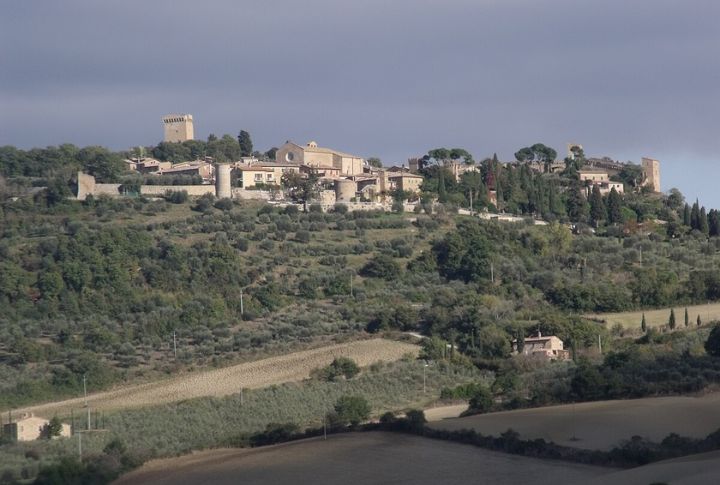
This fortified village stands in the photogenic Val d’Orcia yet somehow remains remarkably untouched. Several stone houses have been thoughtfully converted to B&Bs, where fruits and veggies are often harvested from gardens visible from the windows. Visit in the summer to witness “Teatro Povero,” a locally written and performed play about rural life challenges.
Cetona
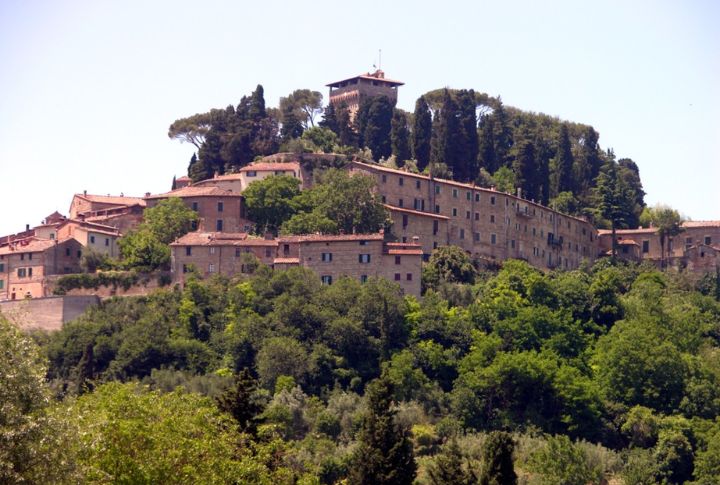
Rising in perfect concentric circles around its central fortress, Cetona maintains an architectural harmony that feels almost planned. You’ll still see Renaissance fountains in daily use, while the town’s antique shops offer genuine finds without Florence’s inflated prices. If you’re lucky, you might even join local grandmothers teaching traditional cooking classes in centuries-old kitchens.
Poppi
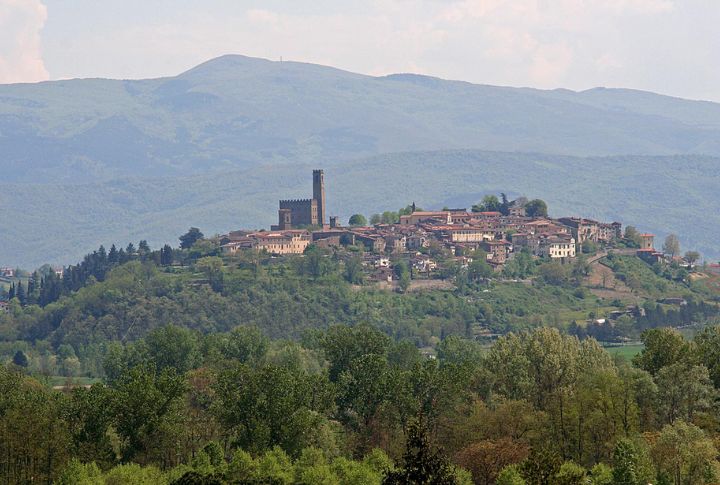
Poppi is home to one of Tuscany’s best-preserved 13th-century castles with original frescoes. While exploring, don’t skip the historic pharmacy, which still combines traditional and modern healing remedies. If you time your visit right, you might catch the annual crossbow competition, where locals take part dressed in historically accurate period costumes.
Anghiari

This hillside town has fascinating connections to Leonardo da Vinci’s lost battle painting, giving art lovers an extra reason to visit. You’ll find craftspeople maintaining Renaissance furniture-making traditions in workshops often open to curious visitors. An added bonus? The medieval center stays naturally cooler during summer when other Tuscan destinations become uncomfortably hot.
Collodi
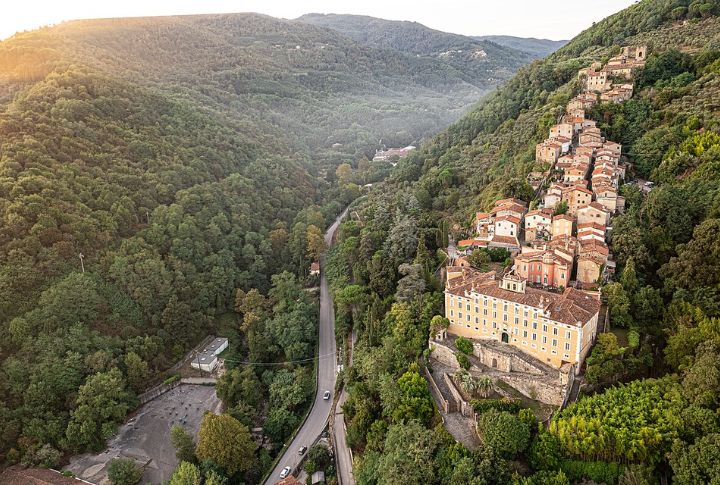
Beyond its famous connection to Pinocchio’s creator, Collodi has a genuine medieval charm as it descends dramatically down a steep hillside. If you’re looking for special accommodations, the renovated historic villa (where Carlo Collodi found inspiration) provides comfortable rooms while preserving beautiful Renaissance architectural elements and offering access to stunning terraced gardens.
Murlo
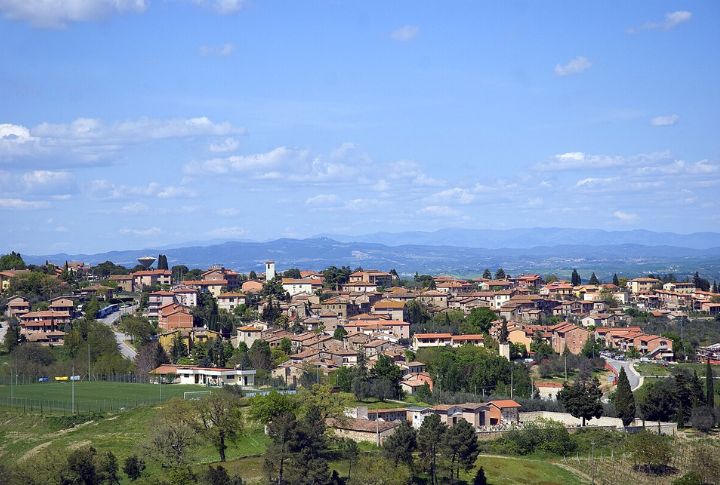
Murlo is a circular comune that preserves distinctive local traditions. Residents proudly celebrate their connection to Etruscan heritage, and local restaurants use ancient grain varieties. There’s also a small but impressive archaeological museum that displays artifacts from this ancient civilization. If you visit during summer festivals, you’ll see people wearing traditional masks and costumes.
Bagno Vignoni

Bagno Vignoni is unlike any town you’ve seen before. It has a central plaza containing a massive 16th-century thermal pool used by Lorenzo de’ Medici himself. While swimming in the historic basin isn’t permitted today, nearby hotels offer access to the same healing thermal waters.


